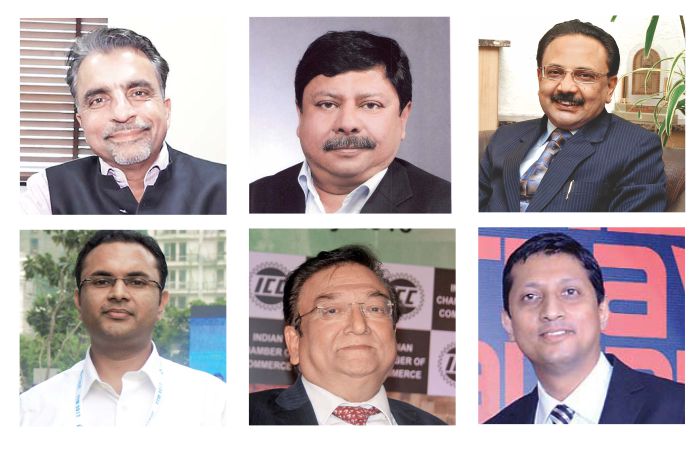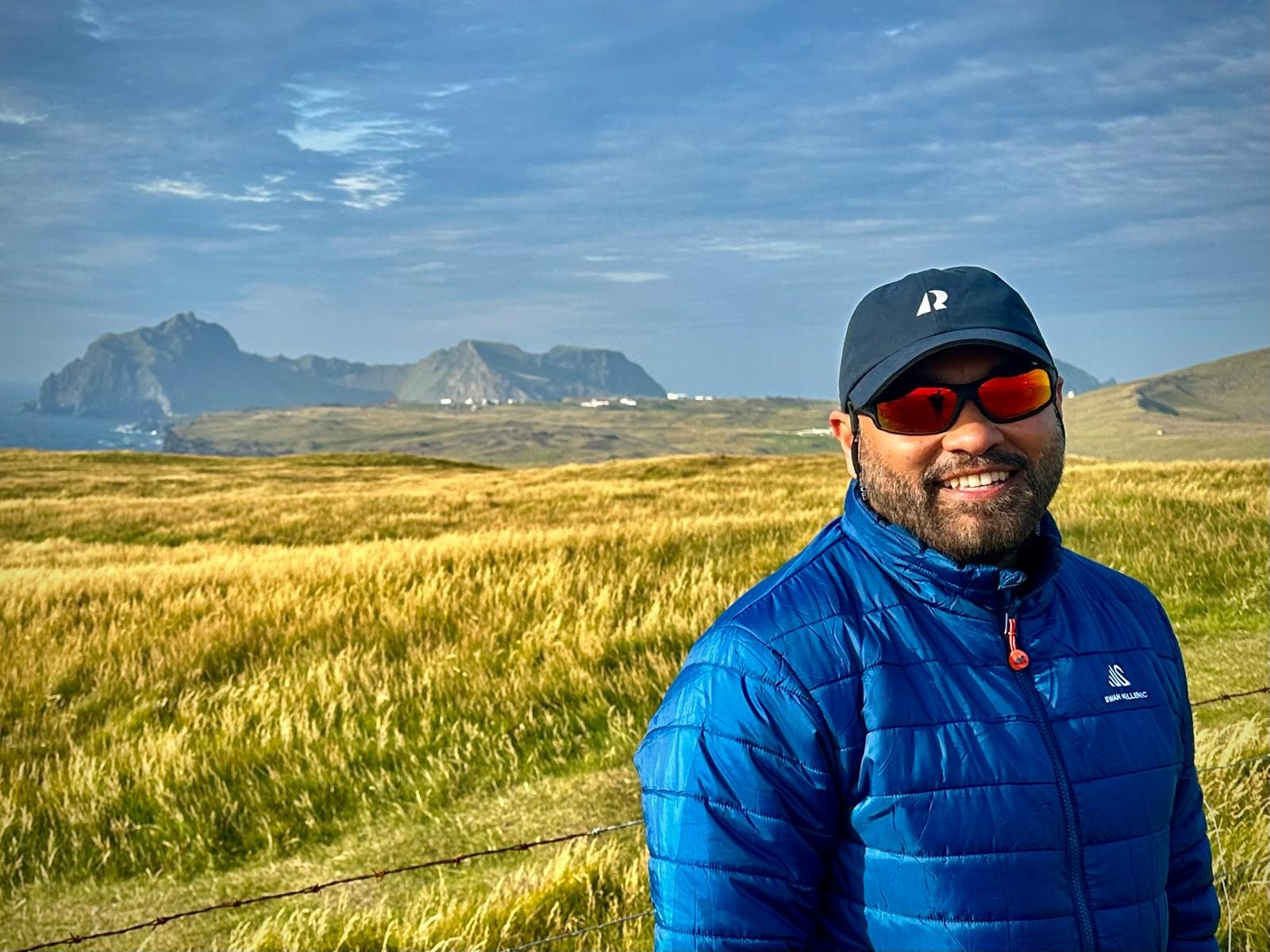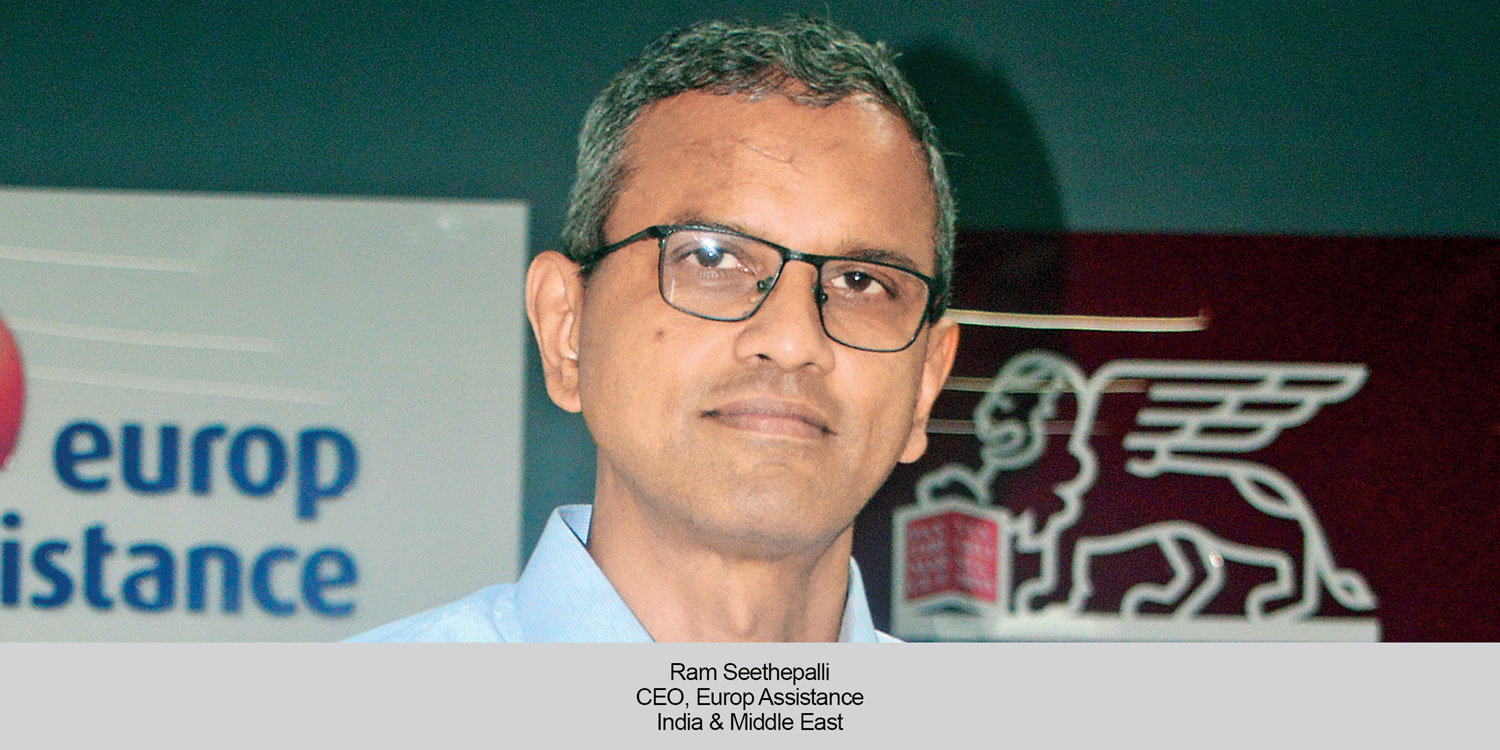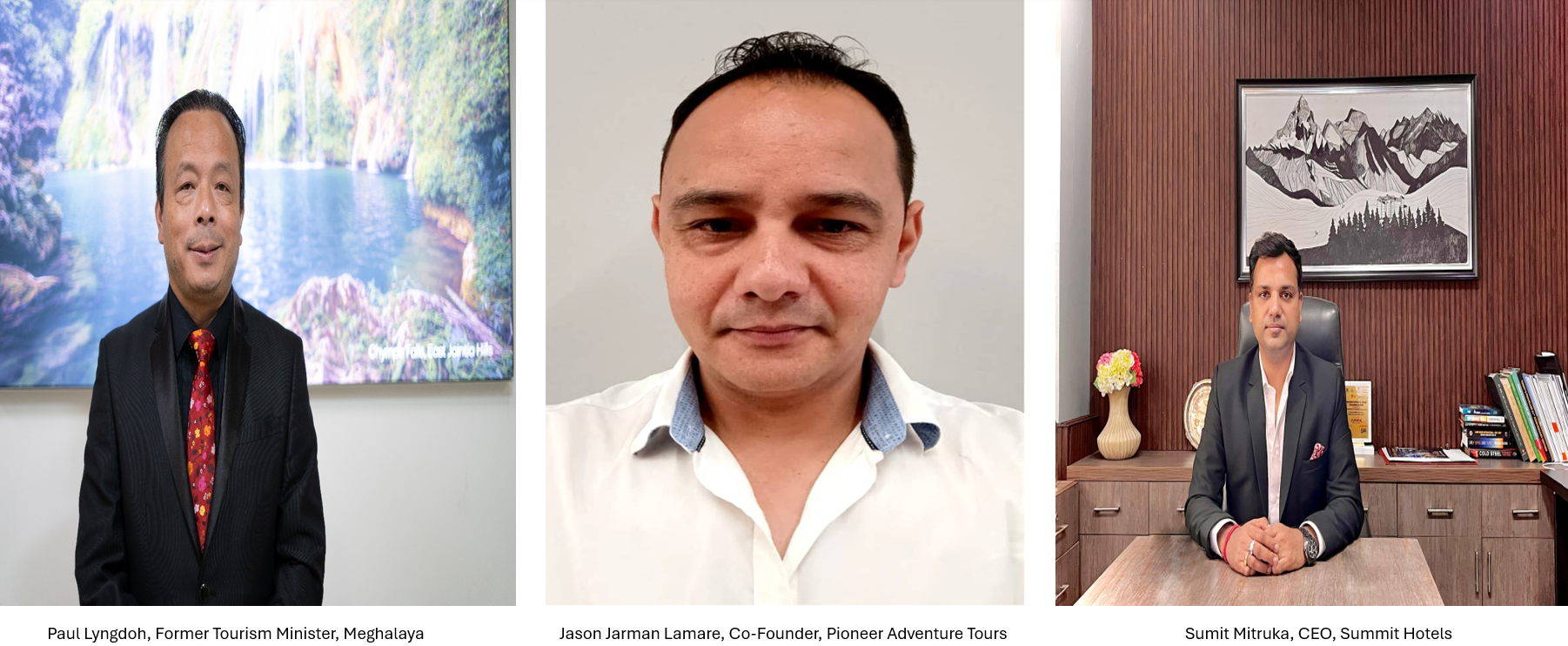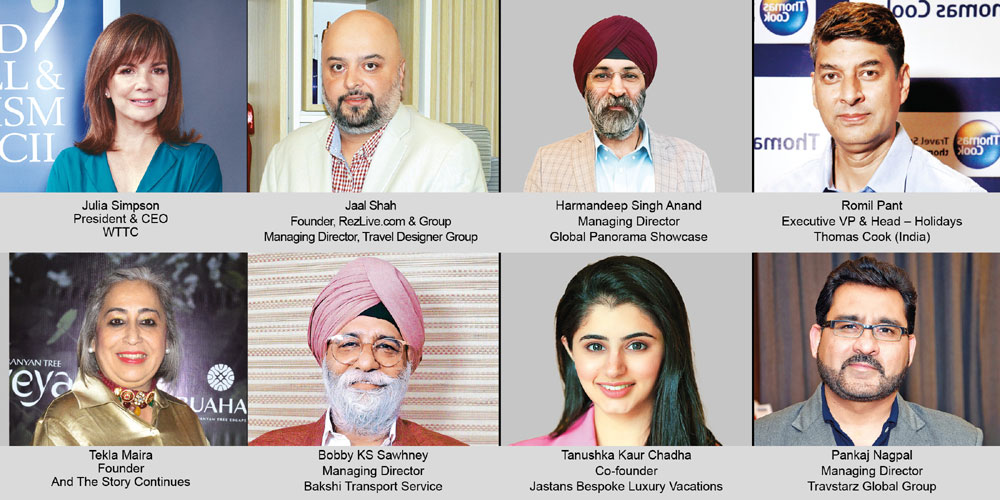With the advent of technology and new players in the tourism industry, inbound tour packages have undergone many changes, compelling tour operators to change gears to cater to the demands of the new-age foreign tourists.
Vikram Madhok, India Travel Award winner and Managing Director, Abercrombie & Kent India
There is a shift in inbound travel pattern to India especially from Europe and the UK. Among the foreign tourists from these source markets, we have witnessed a trend that tourists are taking shorter breaks with shorter lead time. This season in particular, has seen an increase in this phenomenon and looks like a definitive changing pattern. Earlier, foreign tourists would book well in advance but more recently, they are booking only 2-3 weeks before travelling in the same month. Also, the duration of stay has come down to 5-6 nights as compared to several weeks in India. Demand for experiential products in India is on the rise
Arup Sen, Director – Special Projects, Cox & Kings, India Travel Award winner
The dynamics of inbound tour packages has changed dramatically over the years. The number of days spent in India by foreign tourists has reduced from 14-21 days to mostly 3-5 nights now. Earlier, the advance booking period ranged from one year to six months whereas today, foreign tourists book with a few days to spare as the dynamics of online booking has led to a paradigm shift in the way tourists approach travel. The increase in air seat capacity both on the inbound and domestic sectors has also given customers the flexibility to book at the last minute.
Sunil Gupta, Director, Travel Bureau
The addition of newer products, development of infrastructure and evolving technology has changed the dynamics of travel. OTAs are becoming more aggressive and competitive with their user-friendly tools and are bypassing the middlemen. Today, tourists ask for hassle-free and value-formoney holidays. Foreign tourists of all budgets travel to India and thus, the duration ranges from 3-21 days. Budget travellers and backpackers are increasingly using online platforms to book hotels, train and bus tickets and domestic flights. Golden Triangle, Rajasthan, Kerala and Varanasi along with the Buddhist tours are very popular.
Prateek Hira, President & CEO, Tornos India
The dynamics of inbound tours is changing at a breakneck speed. With internet and technology, destinations to be sold have to be re-discovered, re-branded and re-packaged. Tour operators are re-engineering their business to sustain competition not only from within the industry, but from global operators as well. With diminishing margins and disseminated knowledge among intending tourists, the industry has to learn and evolve in order to match the knowledge of travellers and cater to the unique demands for niche experiences.
Subhash Goyal, India Travel Award winner and Chairman, STIC Travel Group
An inbound tour package in India is no longer about the Golden Triangle. Now, tourists are asking for packages to specific destinations like Kerala where they want to undertake Ayurveda therapies, stay in the house boats and visit Munnar, Kumarakom, Thekkady, Kovalam, etc. Packages for adventure travel are increasingly gaining more popularity and offbeat destinations are in higher demand. Foreign tourists have unique demands like Bollywood tours; medical tourism; Yoga and meditation courses, etc.
Debjit Dutta, India Travel Award winner and Founder & CEO, Impression Tourism Services
The dynamics of travel is changing not only in India but globally where technology has played a big role. With changing times, the customer profile, too, has changed and this is leading the innovation which is required when tour packages are formulated. There are two categories in business; one is technology and price oriented while the other is knowledge and innovation based and we have to find our expertise, capacity and also research the profile of the customers. We can no longer sell destinations; we have to sell products which are specific to the customer profile and the market dynamics.
 TravTalk India Online Magazine
TravTalk India Online Magazine

